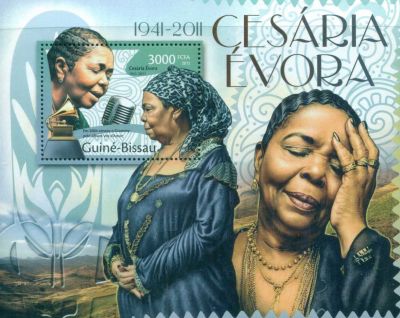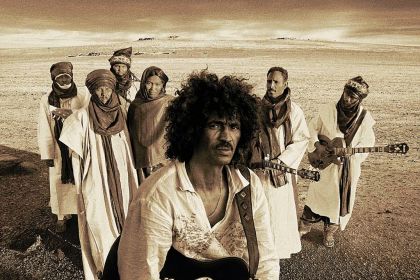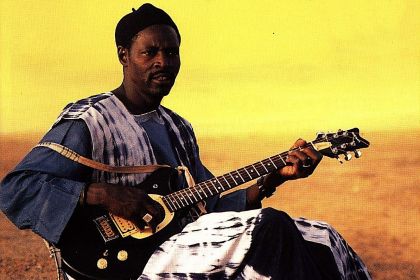SONGWRITER
The morna: essential music of the Cape Verde archipelago reached mainland thanks to Cesária Évora's voice

Cesária Évora
With roots in the 18th-century Cape Verde, the morna music is a vital and culturally definitive genre of the archipelago, not unlike tango in the musical context of Argentina. Different islands show variations in songs and dances of the morna genre, but all of them are united by a distinctive harmony in arrangements that involve cavaquinho, clarinet, accordion, violin, piano, and guitar as well as soulful lyrics written in Cape Verdean Creole.
The crucial influence on a thematic development of the genre was made by the Cape Verdean poet Eugénio Tavares whose mornas cycle touched upon essential topics for the islanders such as immigration, nostalgia, love for the homeland and the sea. Despite the fact that the morna music was frequently performed in Cape Verdean migrant communities around the world, it was Cesária Évora's wistful vocals that determined the genre's wider popularity in the 1990s.
Having started her musical career in the 1960s, Cesária Évora very soon gained immense popularity on the islands, though singing in bars did not bring her financial prosperity, which, coupled with the turmoil generated by Cape Verde’s newfound independence, forced her to take almost a decade-long hiatus.
Her path to fame began in the mid-1970s when, following her Portuguese concerts and first commercial releases, the doors opened for embarking on a worldwide tour.
Here is how Cesária Évora herself described her hopes during that period:
"... in all those years when I sang in bars and in front of strangers I sometimes had an idea I might someday be successful outside my country. The thought never stayed with me for very long, but here I am."
Watch Sangue de Beirona by Cesária Évora:
It should be noted that the morna music got its present form thanks to the efforts of Francisco Xavier da Cruz in the early 20th century. He not only wrote dozens of mornas, but also expanded harmonic sequence of the genre that initially contained only three chords. His alteration, known among Cape Verdean musicians as the Brazilian halftone, still define this style of music.



